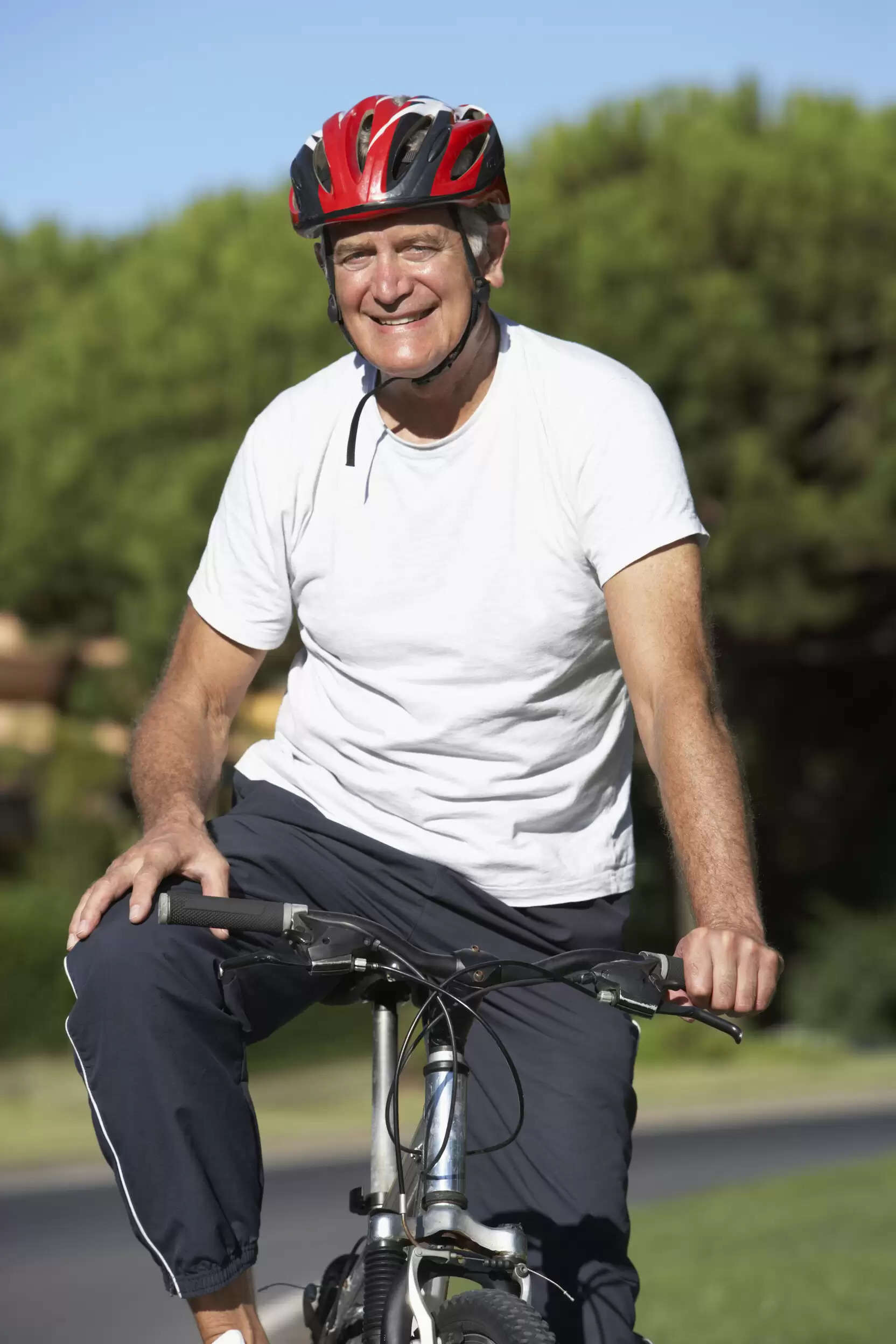Rheumatoid Arthritis: Essential Exercises To Manage Pain
Rheumatoid arthiritis is an autoimmune disorder which impacts the joints and leads to inflammation. There are some exercises to manage the pain and swelling.

Rheumatoid arthritis is a chronic inflammatory condition that goes beyond joint involvement, impacting various body systems such as the skin, eyes, lungs, heart, and blood vessels.
Rheumatoid arthritis, being an autoimmune disorder, occurs when the immune system erroneously targets the body's own tissues.
In contrast to osteoarthritis, which stems from wear and tear, rheumatoid arthritis specifically targets the joint lining, leading to painful swelling that can eventually result in bone erosion and joint deformity.
Rheumatoid arthritis is characterised by inflammation that not only impacts the joints but can also cause harm to various body parts. Despite significant advancements in medication, severe cases of rheumatoid arthritis can still lead to physical disabilities
Exercise and rheumatoid arthritis (RA)
Those who suffer from rheumatoid arthritis (RA) understand the benefits of exercise. However, the challenge lies in finding the time, energy, and motivation to engage in physical activity, particularly when confronted with painful and stiff joints. Engaging in regular exercise has been shown to decrease pain levels in people with RA compared to those who do not exercise. Moreover, exercise can enhance joint function, improve flexibility, increase range of motion, and contribute to a better overall mood.
Before initiating an exercise program, it is crucial to consult with a medical professional for guidance. Working alongside a doctor and a physical therapist will help in creating a personalised exercise plan that suits individual needs and ensures safety.
Here are some recommended exercises that can provide relief from pain, joint stiffness, swelling, and other symptoms associated with rheumatoid arthritis (RA):
Stretching
Stretching enhances flexibility, reduces stiffness and increases a range of motion. The appropriate stretching regimen varies for people based on the specific joints affected and their accompanying symptoms. Generally, gentle and gradual movements of the knees, hands, and elbows are incorporated into stretches.
Walking
Walking is a gentle form of exercise that offers various benefits such as improving cardiovascular fitness, promoting heart and joint health, and enhancing mood. To ensure a safe and comfortable walking experience, it is important to wear suitable footwear and maintain hydration levels, regardless of the intensity of the walk. Begin by walking at a leisurely pace and gradually increase the speed as you become more comfortable.
Water exercise
According to the Centers for Disease Control and Prevention (CDC), people with rheumatoid arthritis (RA) tend to experience greater health benefits when engaging in hydrotherapy, which involves exercising in warm water, compared to other forms of physical activity.
Water-based exercises such as swimming and water aerobics may also contribute to enhanced joint mobility and reduced pain in individuals with RA.
Tai chi and yoga
Tai chi and yoga involve fluid movements that encompass deep breathing, gentle poses, and meditation. By incorporating these elements, both practices enhance flexibility, balance, and range of motion while also alleviating stress. However, it is crucial to consult with a healthcare professional before commencing any yoga or tai chi regimen.
Biking
For people with RA, it is crucial to engage in activities that get the heart pumping. This is particularly important due to the increased susceptibility to cardiovascular diseases and complications associated with RA. Biking presents itself as an ideal form of exercise, offering numerous benefits for heart health. With its low impact nature, biking is gentler on the joints compared to other aerobic exercises.
Pilates
Known for its low impact nature, pilates offers numerous benefits to enhance joint health by improving flexibility. Engaging in pilates exercises that target the core muscles and focus on movements that promote stability can be highly advantageous. Pilates shares similarities with tai chi and yoga, as it contributes to overall movement patterns.
For beginners, it is advisable to start pilates gradually and seek assistance from a certified trainer to ensure proper guidance and safety.
Conclusion
Engaging in regular exercise can be highly beneficial for individuals with rheumatoid arthritis. Exercise provides a multitude of advantages, such as alleviating symptoms, enhancing joint function, strengthening the body, increasing flexibility, promoting daily activities, improving aerobic fitness, and uplifting mood. It can effectively decrease the occurrence of RA flares and facilitate the management of symptoms associated with this condition. For optimal outcomes, it is advisable for individuals to collaborate with their doctor and physical therapist in order to establish a tailored exercise regimen that suits their specific needs and goals.
Disclaimer: The above content is for informational purposes only and should not be used as a substitute for the advice of a qualified physician or doctor. The Company does not vouch for or endorse any of the above content, and disclaims any and all warranties, express or implied, relating to the same..png)